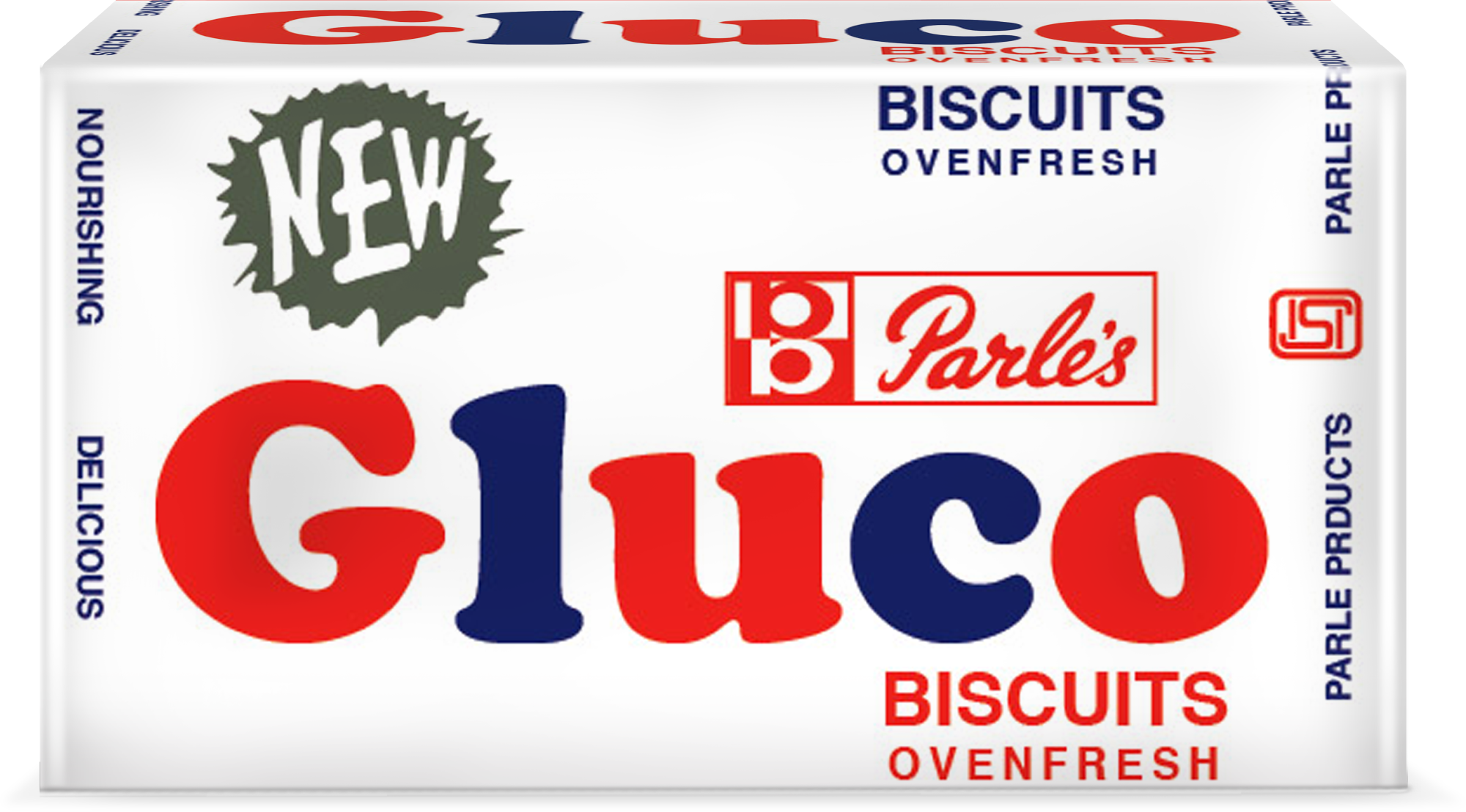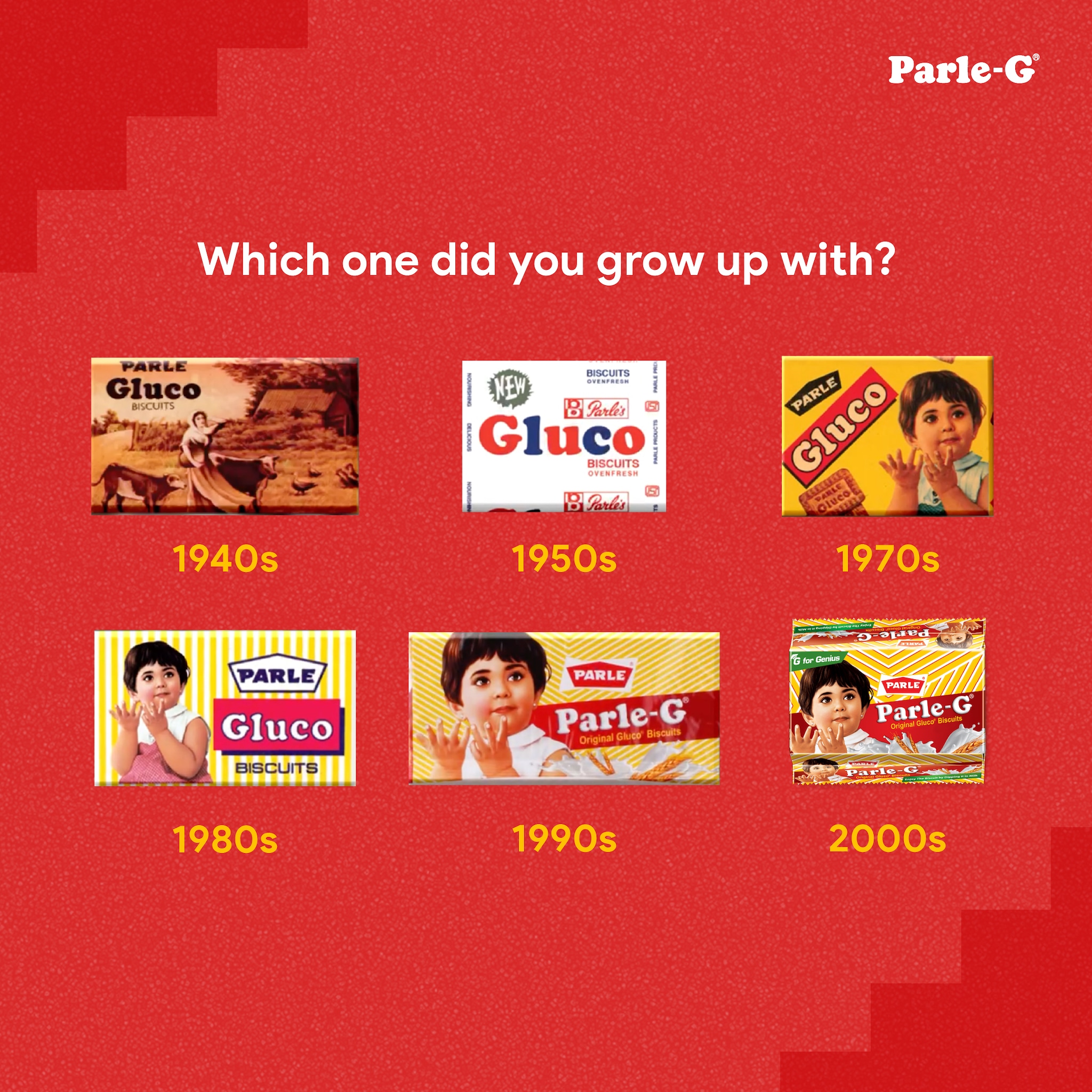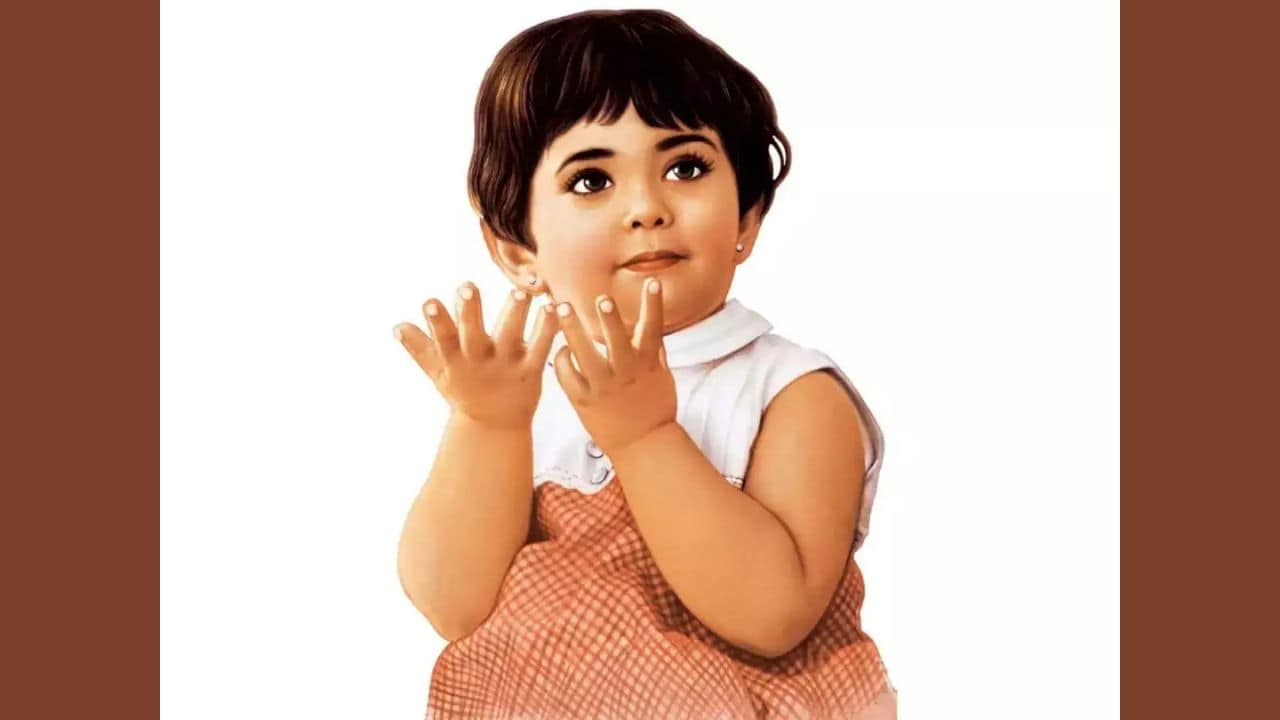The biscuit brand Parle-G is seen to have high nostalgia value. One of the reasons for this is its iconic mascot, the Parle-G baby.
For quite some time, it was speculated that the mascot was a picture of Infosys Foundation Chairperson Sudha Murthy, as a baby. But it is actually a painting.
In the ’60s, the Parle marketing team reached out to Everest Advertising, then led by Adi Patel.

Parle, the agency’s first client, wanted an illustration and colourful packaging for their biscuit brand Parle Gluco (introduced in 1939) that was primarily targeted at children. Before the introduction of the mascot, the packet only had Parle Gluco written on it in red and blue letters.

Maganlal Dahiya headed the creative department at Everest, and directed the illustrators in his team to paint different versions of the mascot, one of which eventually became the Parle-G baby.
“In those days, biscuits were largely consumed by children. Hence, we explained to Everest that that was a key audience,” said Mayank Shah, Vice President, Parle Products.
But over time, the biscuit’s consumer base expanded to include a significant number of adults. According to the book ‘A History of Indian Advertising’, the brand also wanted to cater to Indians generally as foreign brands like Glaxo biscuits, Huntly & Palmers, Jacob’s Cream Crackers, etc., were very costly and out of reach of most Indians.
The campaign launched on print and radio. Today, Shah says the digital medium is extremely crucial since consumers in every nook and corner are hooked onto it, and it has helped popularise the brand across the length and breadth of the country.
Challenge from imitations
With the introduction of the baby on the biscuit packet, the brand gained immense recognition and popularity. But this also paved the way for the proliferation of biscuits that mimicked the storied brand in every way, right down to the packaging, the colours, and the baby.

Hence, in 1982, the company rebranded Parle Gluco biscuits as Parle-G and enhanced its legal team. But nonetheless, the menace continued till the ‘90s.
In 2007, a study was conducted on the most recognised logos of India. The Parle-G baby was the third most recognised, after the hand of the Indian National Congress, and the Indian Standards Institution (ISI) mark. Which is one of the reasons why Parle has refrained from changing the mascot or giving a contemporary touch to the baby that has dominated the biscuit world for well over six decades.
(Image source: Parle Products)
Read More: Bow, Wow: How Cheeka the pug made Hutch a household name
